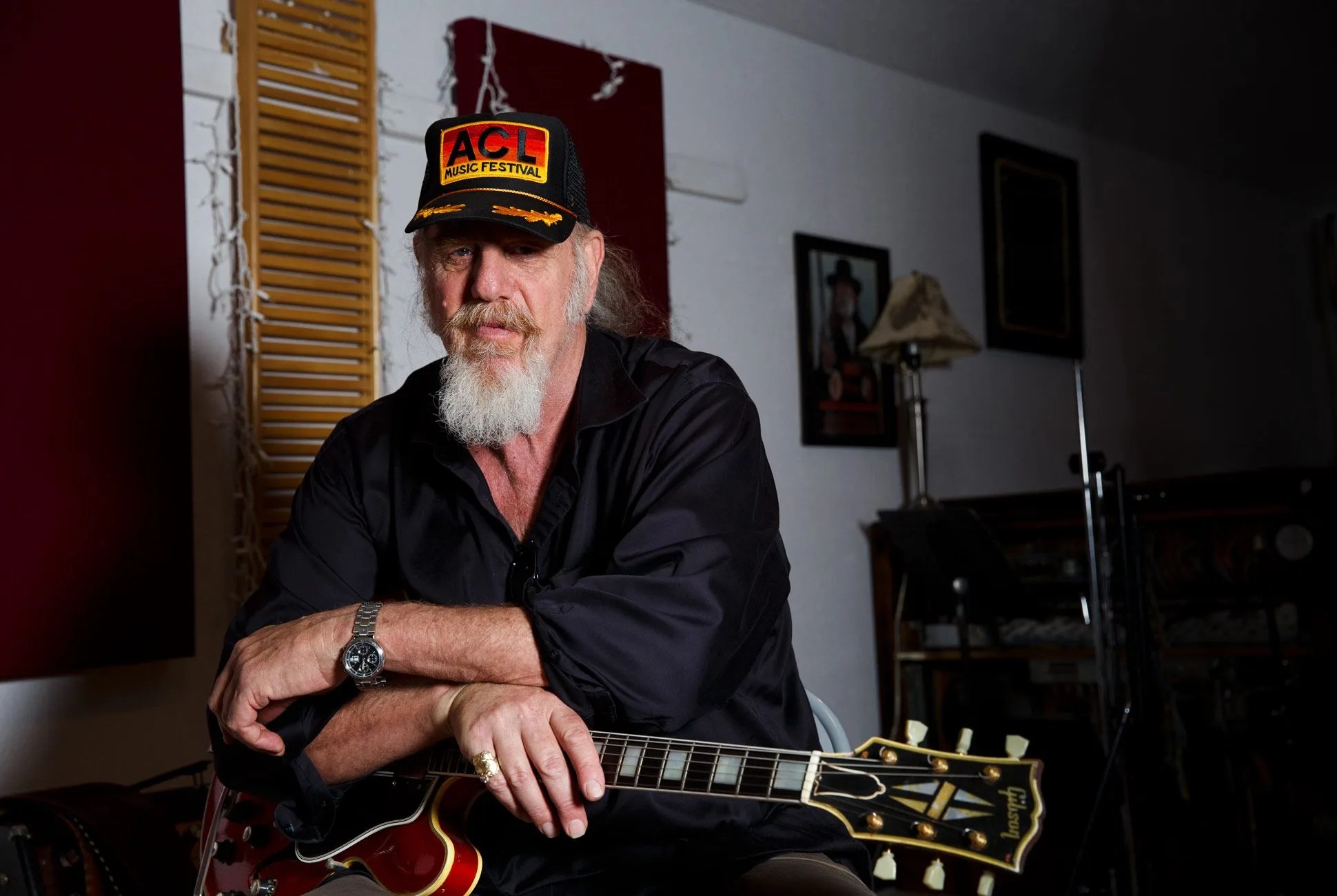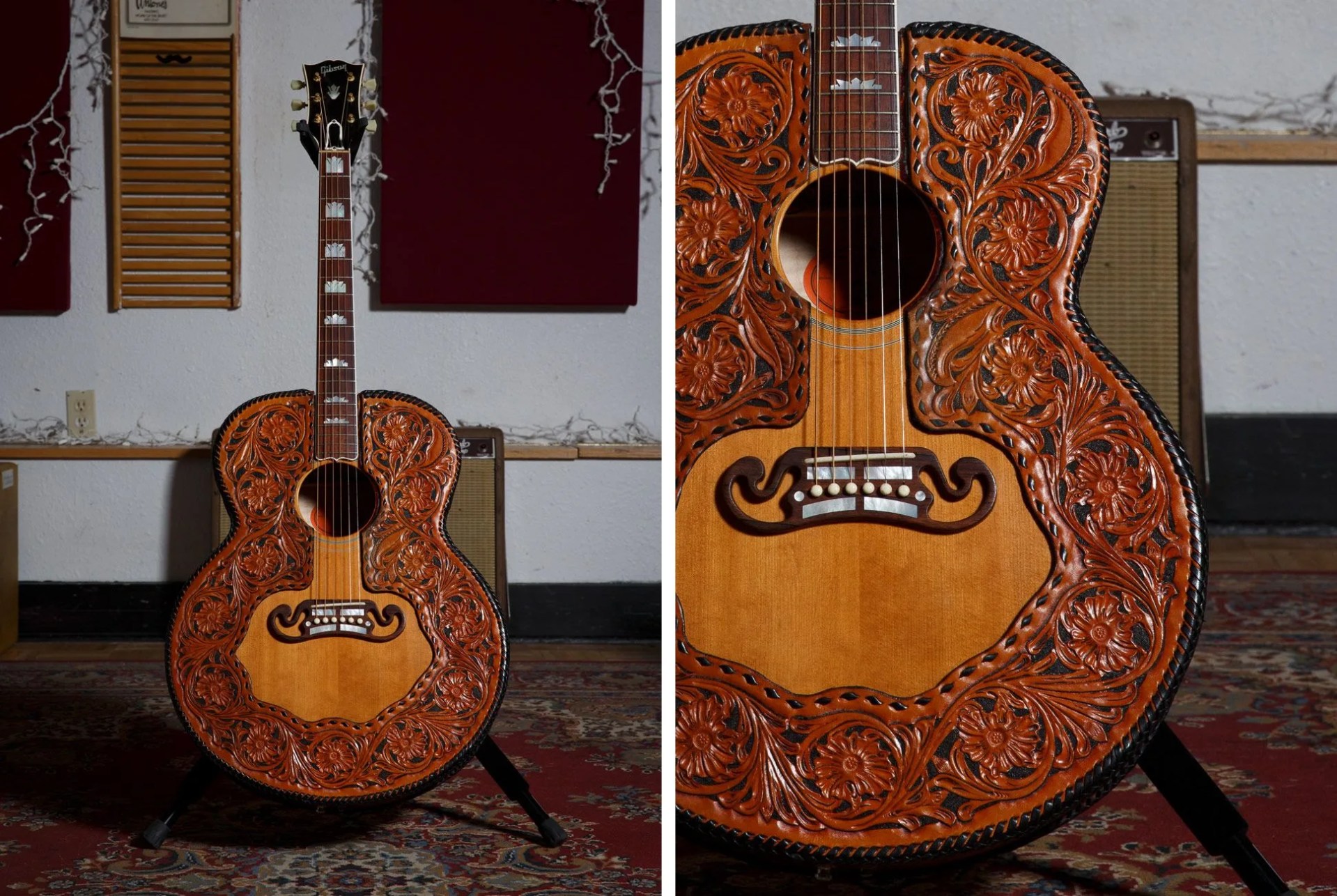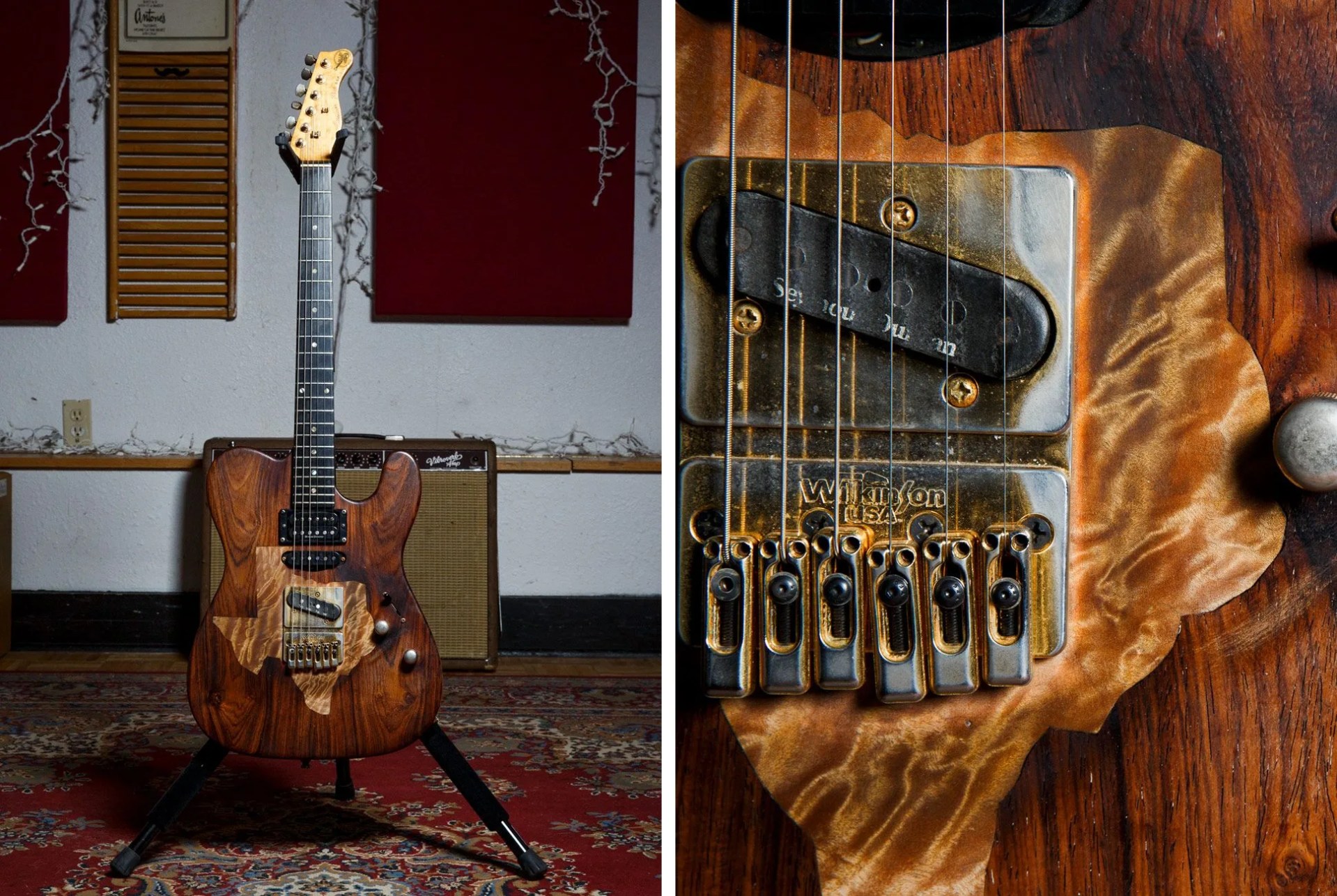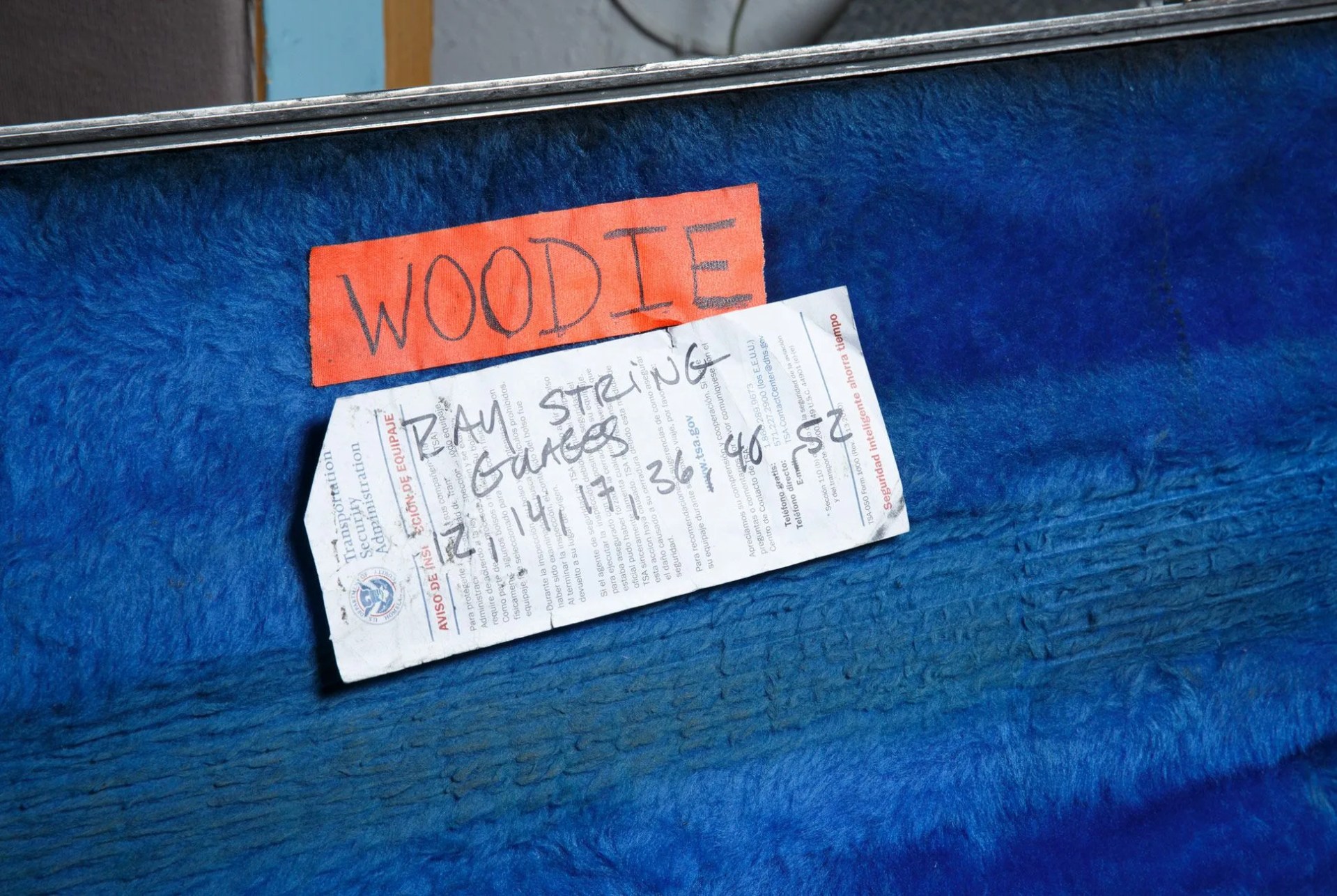From Issue Four of Gear Patrol Magazine.
Discounted domestic shipping + 15% off in the GP store for new subscribers.
Austin is a hotbed of musical talent. Its denizens have a voracious appetite for live music, and the city’s numerous establishments have storied reputations in the music world. The Continental Club. Antone’s. ACL Live at the Moody Theater. It’s these institutions that have earned the city the title of “Live Music Capital of the World.”
Of course, live-performance venues, the counterpoint to controlled studio environments, present a unique set of challenges. Performers need instruments that are functional, durable and sonically true. For most, finding the perfect setup is a never-ending pursuit. But seasoned musicians have honed their live rigs to a stable balance of road-tested gear. Every piece of gear has a purpose, and after years of concerts, every piece of gear has a story. We asked four local legends to share the stories behind theirs. This week: Ray Benson.
Though Ray Benson was born in Philadelphia, he’s lived in Austin most of his life. Three years after forming the Western swing band Asleep at the Wheel in 1970, Benson relocated to Austin on the recommendation of Willie Nelson. For near a half century, with more than 30 albums to his name, Benson has remained the driving force behind the band, which has won 10 Grammys in five different decades. A powerful constant in American country music, Benson retains a heavy touring schedule and is on the road over half the year.
Early ‘60s Gibson ES-335
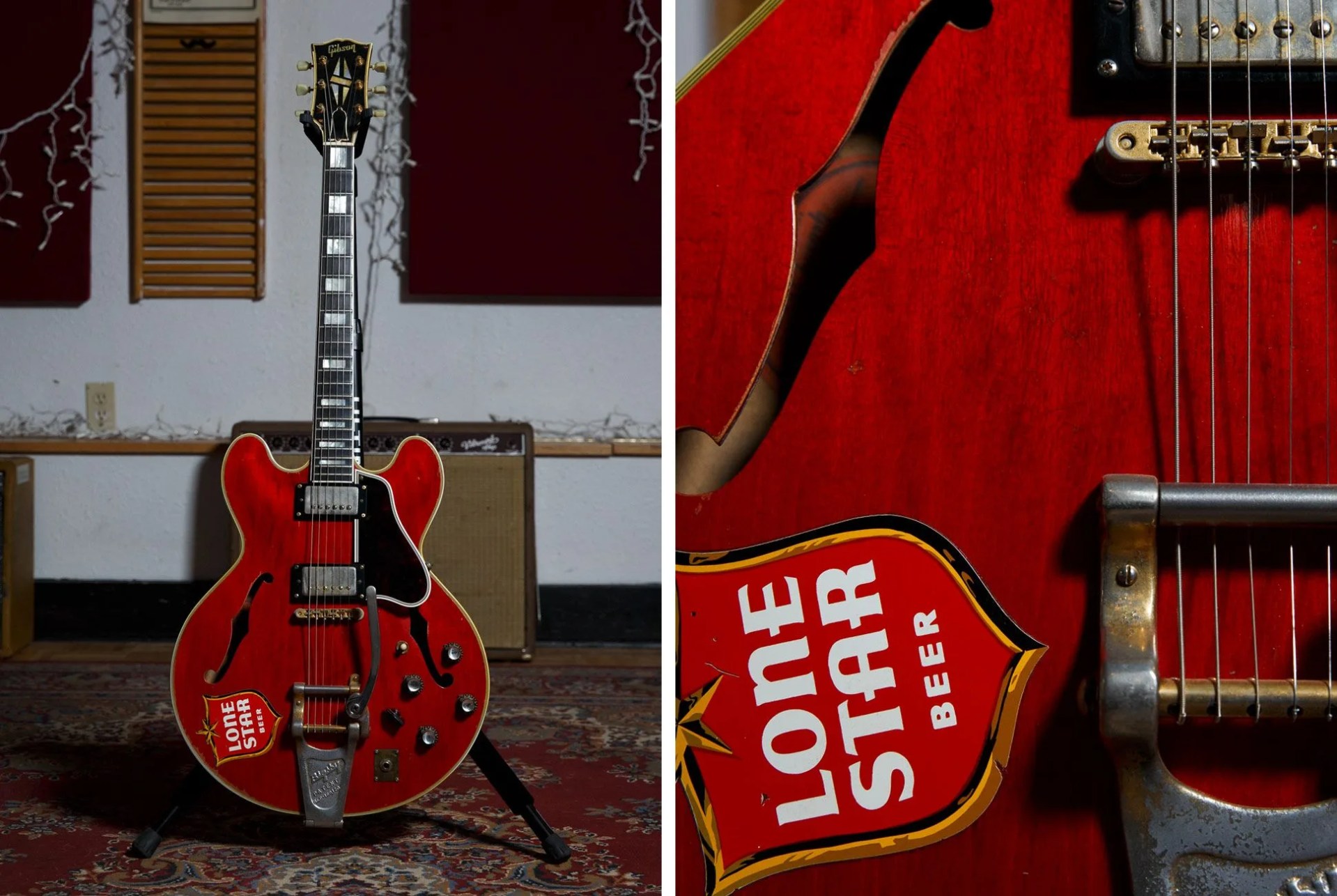
“I got this in ‘72 or ‘73, when I signed my first record deal. It used to belong to Ernest Tubb’s guitar player, Leon Rhodes, who was my hero. Ernest Tubb’s band always had a Lone Star sticker on there ‘cause they’d give them free beer, and I was actually doing Lone Star commercials too, so I put that on to be like the Texas Troubadours.”
